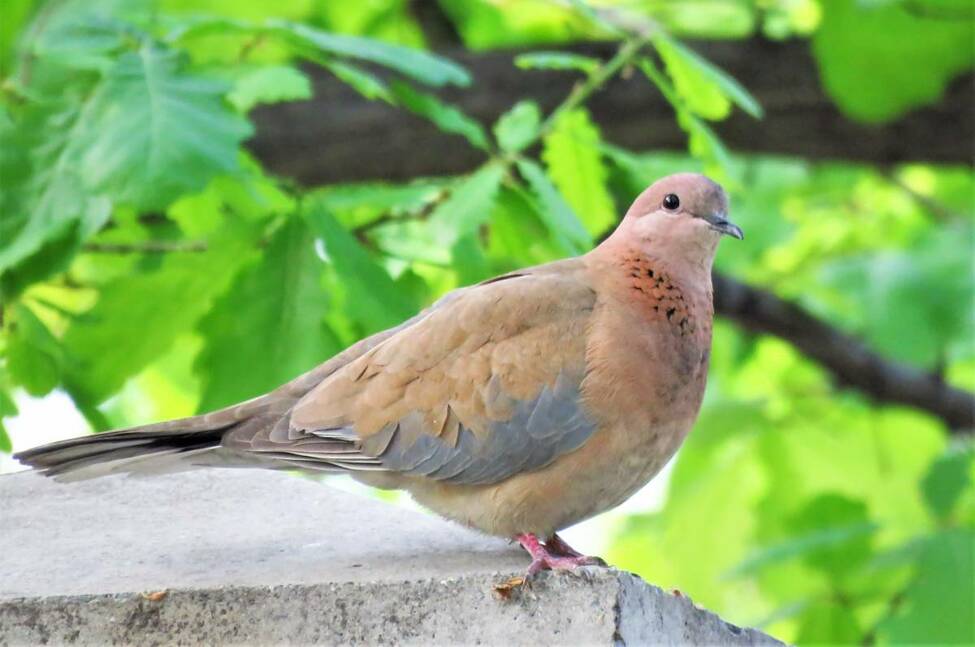April 1st International Bird Day
April 1, 2024

Eurasian Scops-Owl
Have you ever considered that birds are the creatures in the wildlife closest to humans? In Kyrgyzstan, there are around 400 species of birds, and in urban areas, we can observe up to 20 species of feathered friends if we look closely. These include doves, sparrows, tits, owls, kestrels, and hawks. If have a binoculars and patience, you can encounter rare species like the Paradise Flycatcher (Terpsiphone paradisi (Linnaeus, 1758)) right in the courtyard of Bishkek city. But who is watching them?
Since ancient times, people have been attentively observing their feathered neighbors on the planet, giving them names, admiring them, and coexisting. The science of studying birds is called ornithology, and amateur bird watching or the hobby of observing birds is called birdwatching. Birdwatchers visually observe, listen to their calls, take photographs, and keep journals with data. It's not uncommon for birdwatchers to make real scientific discoveries, registering birds that were previously not observed in our country, which demonstrates how birds migrate and change their range. There are rare encounters when birds appear in a season when they shouldn't be - indicating climate change. Sometimes birds don't return to their typical habitats - this signifies a problem, most likely caused by humans. Birdwatching exists as a separate direction in tourism. Our Kyrgyzstan also welcomes birdwatchers from almost all over the world, as each country has its unique avifauna.
It's no coincidence that International Bird Day is celebrated on April 1st in spring, when migratory birds return after wintering, and nature begins to awaken and bloom. Five years ago, UNDP in Kyrgyzstan started supporting birdwatchers. On April 1st, 2019, the first photo exhibition took place, where Irina Romanovskaya, Nurlan Kalchinov, Elvira Gazieva, and I showcased and talked about the amazing world of birds in our country. Birds symbolize freedom for people. They have what humans have long dreamed of - wings to soar in the skies. Flight is one of the main ideas that has driven humanity in its development. Birds inspire with their singing, and the splendor of their feathers becomes a pattern for craftsmen. Later, this photo exhibition was donated to a school in the Jalal-Abad region. You can view the photos and see the diversity of birds on the birds.kg website.
In the same year, our group of birdwatchers visited the state natural parks "Alatai" and "Kan-Achuu," located in the Toktogul and Toguz-Toro regions, with the aim of exploring the possibilities of developing ecotourism for birdwatching enthusiasts. In the following years, the parks received developed maps with routes. Another favorite place for observing waterfowl is the Ak-Bulun Peninsula in the Ton district of the Issyk-Kul region, which has been transformed into a communal nature reserve. Joint efforts of birdwatchers with local residents supported by UNDP have yielded results - no more poaching there, the number of tourists is gradually increasing, and local residents have gained economic prospects in ecotourism.
Birdwatching also has an educational component because by observing nature, we can study how human-nature relationships develop. Birdwatcher Irina Romanovskaya wrote a children's book about this called "Voices of Birds," which was also released with the support of the UNDP in Kyrgyzstan and is available for download via the link. I am incredibly proud of how a small group of enthusiasts has become part of significant changes in the lives of birds, raised society's awareness of problems, and contributes to the development of interest and love for feathered creatures.
But how does interest in birds arise? Why are so many people willing to spend money just to see birds? Perhaps the answer is very simple - we are all part of nature, and it is natural for people to be drawn to nature, with birds being the closest part of the wildlife to us.
Happy International Bird Day!
Nurzhan Alymkanova, birdwatcher,
Communications Specialist, UNDP.

 Locations
Locations







